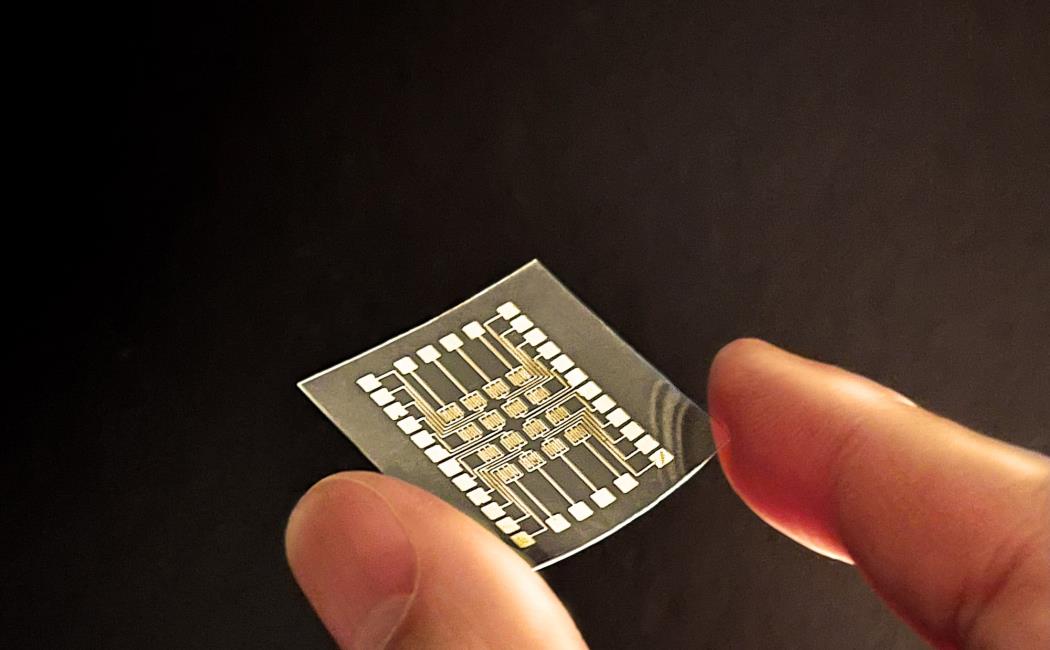
29 November, 2022
A soft and flexible electronic “e-skin,” so sensitive it can detect the minute temperature difference between an inhaled and an exhaled breath, could form the basis of a new form of on-skin biosensor. The ultrathin material is also sensitive to touch and body motion, suggesting a wide array of potential applications.
“The skin plays a vital role in our interactions with the world,” says Vincent Tung from KAUST, who led the work. “Recreating its properties in an e-skin could have profound implications for wearable electronics, as well as for sensory prosthetics, soft robotics and human-machine interfaces,” he says. Despite considerable research effort, however, it has been very challenging to create suitable materials, which must be strong and highly sensitive, yet imperceptible when applied to the skin.
The team were able to show what the theory had predicted: the resulting material was highly twistable, stretchable and mechanically durable. “At around 18 nanometers thick, our e-skin is a fraction of the thickness of human skin, enabling conformal contact and long-term adhesion to the body with maximum flexibility and comfort,” Tung says.
Read more at KAUST Discovery.